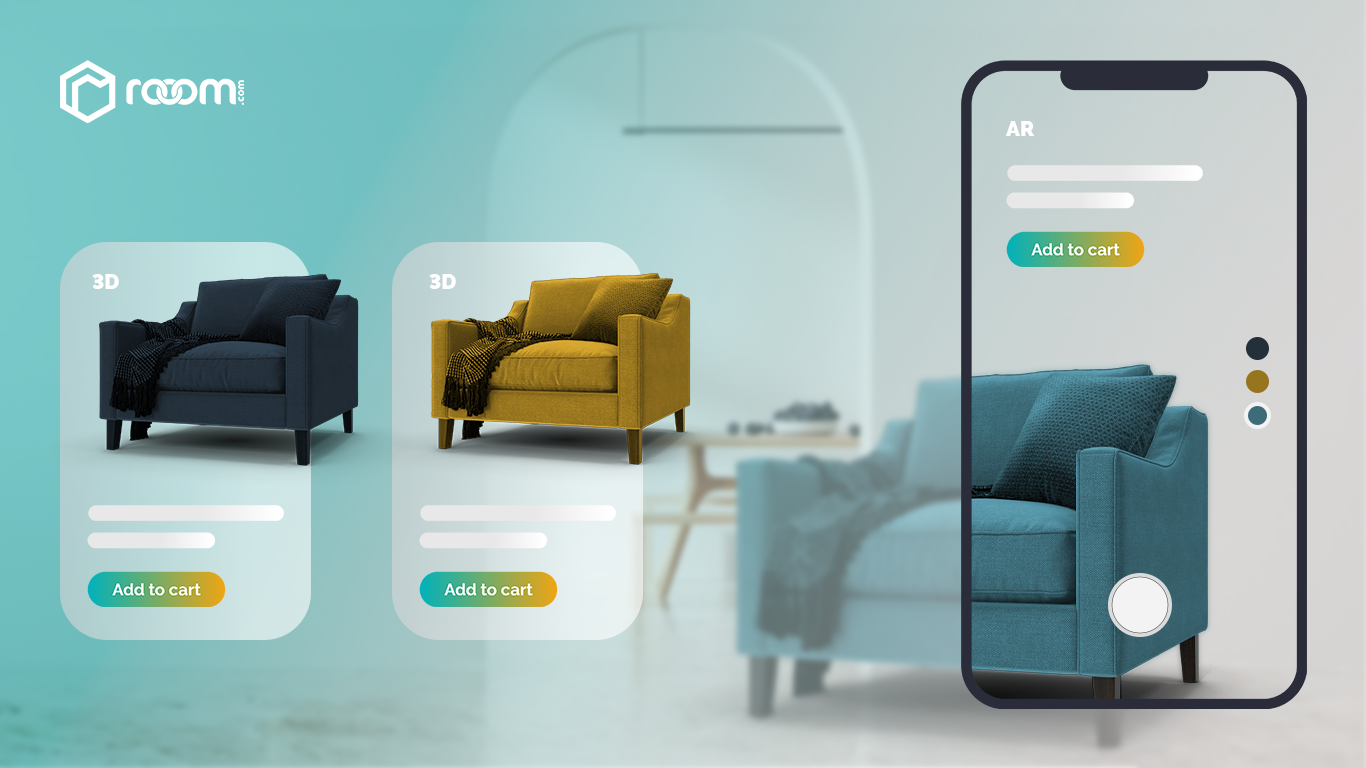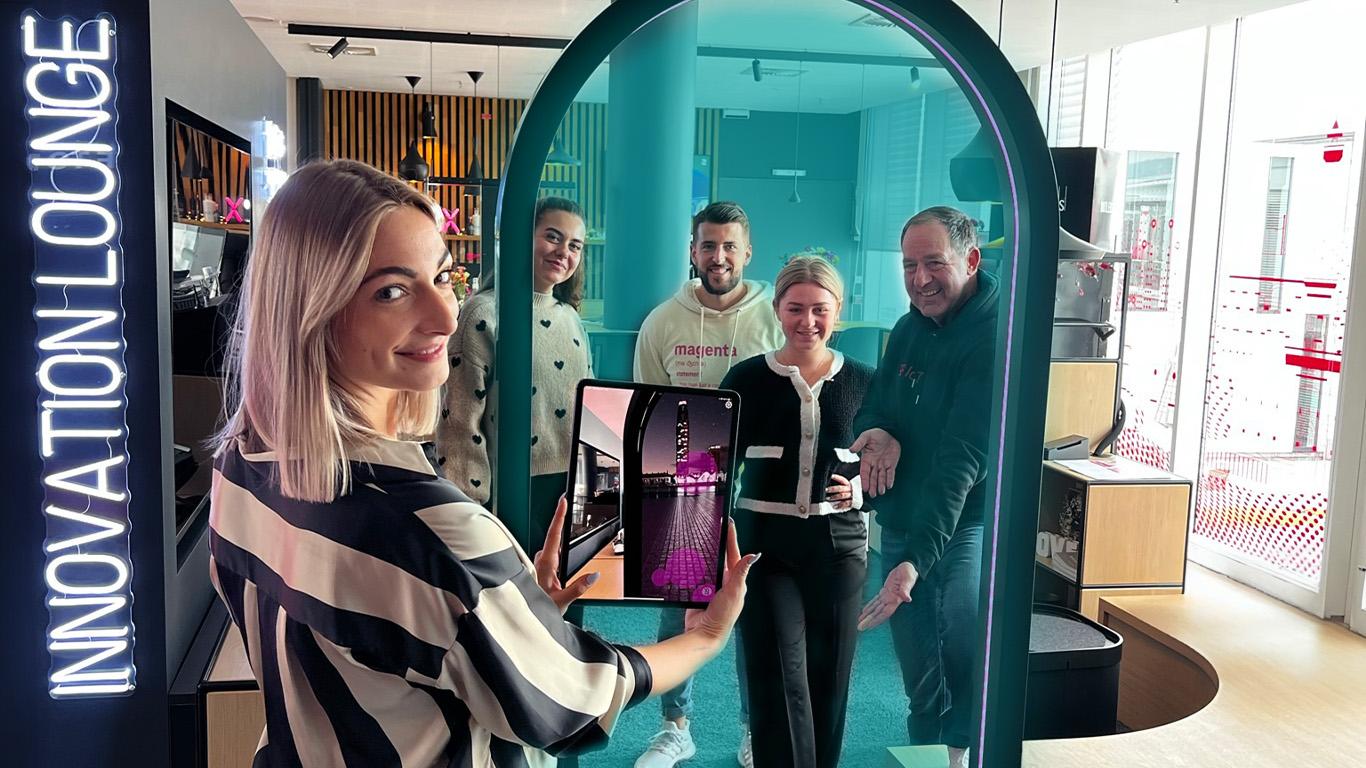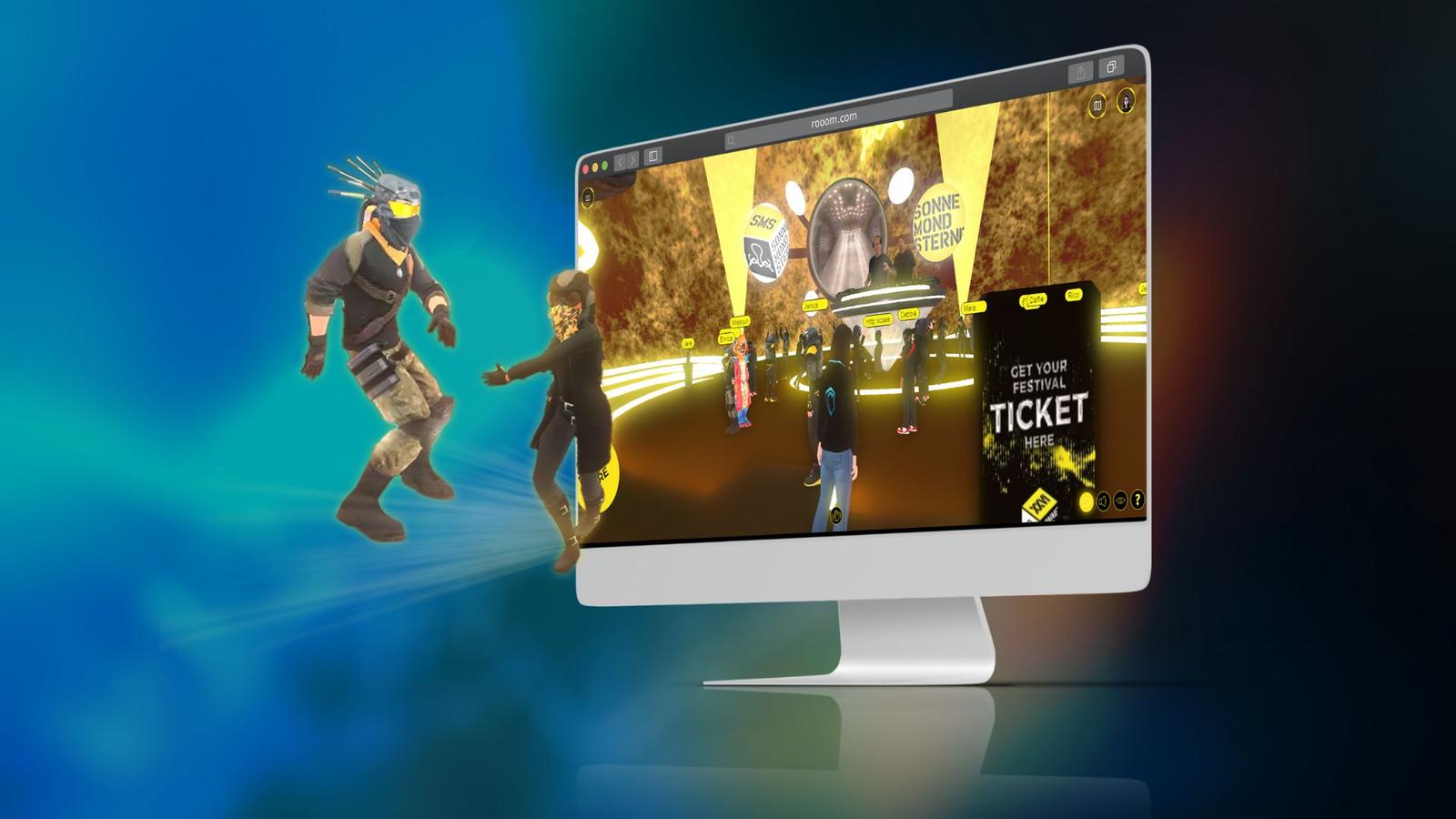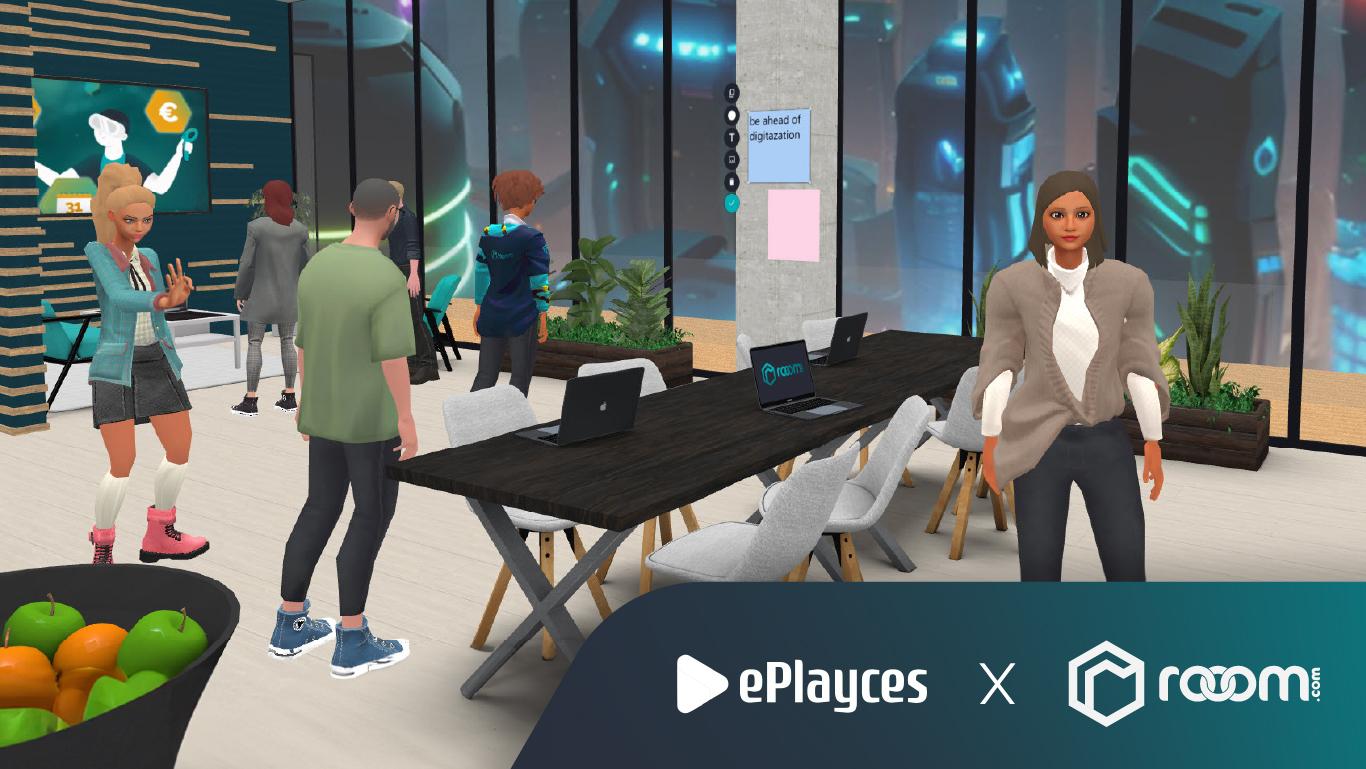Blog
Sustainable archiving of cultural assets

- Blog
Digitise cultural assets with rooom
With our comprehensive rooom-own solutions for 3D visualisations, it is possible to transform products into detailed 3D models and even project them into the real world via AR. This allows cultural assets to be made accessible and archived in a cost-effective and time-saving manner. This is particularly useful for cultural assets that cannot or must not be publicly exhibited for various reasons. This may be the case under the following circumstances:
- The cultural property has a private owner
- The cultural object must be kept in a protective atmosphere
- The cultural object has an enormous value
Digital object documentation - an example
Many cultural assets have their very own history and sometimes make it to very unusual exhibition locations. This is also the case with the bronze statue of Boniface, which can be seen today in the Bundestag. There it is difficult for the general public to see. Yet its history has a lot of interesting things to offer: Boniface was one of the most famous Christian church reformers and was revered by the Catholic Church as the "Apostle of the Germans" due to his far-reaching missionary activities in Germania. The bronze statue of Boniface is one of the few figures to have survived the destruction of the Reichstag in the Second World War unscathed. It was made there for the opening of the building in 1984 for a gigantic ring chandelier with 12 bronze figures. After having disappeared for 120 years, the statue was brought back to the German Bundestag in 2016 and should also be made accessible to the general public as an important historical asset.
Historical Boniface statue becomes a 3D model
For this purpose, the statue was brought to us in Jena. However, this is not a prerequisite, as the scanning process is possible from anywhere. In order to scan the figure and use it as a template for a detailed digital 3D model, we placed the impressive, approx. 50 cm tall figure on a turntable. There it was photographed from all sides and angles to gather information about distances and surface structures. Pre-prepared 3D data is not necessary with the rooom platform to digitise an object. The scan alone creates a detailed 3D model that can be made freely accessible to anyone via the rooom system and is subsequently also available as a product viewer. This is also the case with the bronze statue of St. Boniface, which can now be admired from all sides in augmented reality by anyone who views it on a mobile device. The great thing?- with the viewer, interested parties can easily take a picture with the Boniface figure, which is rather difficult to access for the public in the Bundestag!
To ensure that real replicas of the statue can also be passed on to interested parties at low cost in the future, we have used another innovative solution: Through the specific data of our platform, detailed printing is possible. In this way, we were able to faithfully reproduce even the most delicate details of the bronze and produce Bonifauts miniatures with a size of 12 cm. With our data, anyone with access to a 3D printer can create high-quality 3D prints without the additional help of agencies.The final miniatures were presented by our partner manager Roman Möbius to Johannes Selle, member of the Bundestag, who took the initiative for the digitisation project.

Inexpensive give-away from the 3D printer
The enthusiasm for rooom's digital archiving solution was great. In the future, the small Bonifatius 3D prints will serve as gifts and mementos, thus passing on the cultural asset to others and giving the miniature space in the real world in addition to its digital existence. As a token of gratitude, our CEO Hans Elstner was presented with a book by the architect of the Bundestag. The thank you was accepted on behalf of our Head of Marketing, Natalie Weigelt. We are happy to have brought the Histrian statue to life and to have made a significant contribution to the digitisation of this great piece of history!

A successful digitisation project
With rooom's own solutions, such as our 3D scanning capabilities, we succeeded in sustainably digitising a valuable cultural asset. The creation of the 3D model turned out to be an intensive but rewarding work for us. We exhausted our technical possibilities in many ways, learned new things and achieved a great result. In the future, thanks to this experience, we will not only be able to make cultural assets accessible more cheaply and quickly, but also to archive them sustainably. We would like to thank Johannes Selle for taking the initiative and look forward to digitally archiving and making accessible more historical cultural assets in the future!










